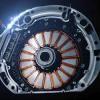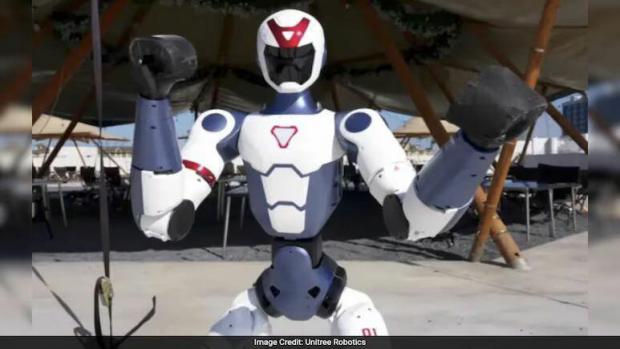
Breaking News
 Lidocaine poisoning deaths nearly triple...
Lidocaine poisoning deaths nearly triple...
 BrightLearn - Decentralization and Advocacy, an interview with Crypto Rich
BrightLearn - Decentralization and Advocacy, an interview with Crypto Rich
 Militarized Law Enforcement Reaches A New Level Under Trump
Militarized Law Enforcement Reaches A New Level Under Trump
 The New Gulag: Mental Health Detentions and the Criminalization of Dissent
The New Gulag: Mental Health Detentions and the Criminalization of Dissent
Top Tech News
 The mitochondria are more than just the "powerhouse of the cell" – they initiate immune...
The mitochondria are more than just the "powerhouse of the cell" – they initiate immune...
 Historic Aviation Engine Advance to Unlock Hypersonic Mach 10 Planes
Historic Aviation Engine Advance to Unlock Hypersonic Mach 10 Planes
 OpenAI CEO Sam Altman Pitches Eyeball-Scanning World ID to Bankers
OpenAI CEO Sam Altman Pitches Eyeball-Scanning World ID to Bankers
 New 3D-printed titanium alloy is stronger and cheaper than ever before
New 3D-printed titanium alloy is stronger and cheaper than ever before
 What is Unitree's new $6,000 humanoid robot good for?
What is Unitree's new $6,000 humanoid robot good for?
 "No CGI, No AI, Pure Engineering": Watch Raw Footage Of 'Star Wars'-Style Speeder
"No CGI, No AI, Pure Engineering": Watch Raw Footage Of 'Star Wars'-Style Speeder
 NASA's X-59 'quiet' supersonic jet rolls out for its 1st test drive (video)
NASA's X-59 'quiet' supersonic jet rolls out for its 1st test drive (video)
 Hypersonic SABRE engine reignited in Invictus Mach 5 spaceplane
Hypersonic SABRE engine reignited in Invictus Mach 5 spaceplane
 "World's most power dense" electric motor obliterates the field
"World's most power dense" electric motor obliterates the field
 The Wearables Trap: How the Government Plans to Monitor, Score, and Control You
The Wearables Trap: How the Government Plans to Monitor, Score, and Control You
Watch: China Robot Giant Unveils Tesla Optimus Killer That Can Fist-Fight

The Unitree Robotics R1, weighing 55 pounds and equipped with 26 joints for fluid movement, showcases advanced capabilities like cartwheels, spin-kicks, and a "kip-up" maneuver, transitioning from a supine position to standing without using its hands, as demonstrated in a recent video released by the company.
The R1's launch directly challenges Elon Musk's vision for Tesla's Optimus, which aims to lead the global humanoid robotics market. Musk has outlined ambitious plans, predicting in January that Tesla could produce "several thousand" Optimus robots this year for internal factory use, with goals to scale to 50,000–100,000 units in 2026 and achieve a tenfold increase the following year. However, reports from Taiwan's Digitimes suggest Tesla's Optimus faces production delays due to a redesign, with unnamed Chinese supply chain sources indicating ongoing refinements to key components before mass production can resume.
The humanoid robotics market could see explosive growth, with projections estimating a $5 trillion industry by 2050, encompassing supply chains, maintenance, and support networks. Morgan Stanely analysts anticipate adoption will surge in the late 2030s, driven by technological advancements and increasing regulatory and societal acceptance.
By 2050, over 1 billion humanoids could be in use, with 90% deployed in industrial and commercial roles. Venture capitalist Vinod Khosla, an early backer of OpenAI, has predicted a ChatGPT-like breakthrough in robotics within two to three years, envisioning adaptable humanoids capable of tasks like chopping vegetables or washing dishes.



